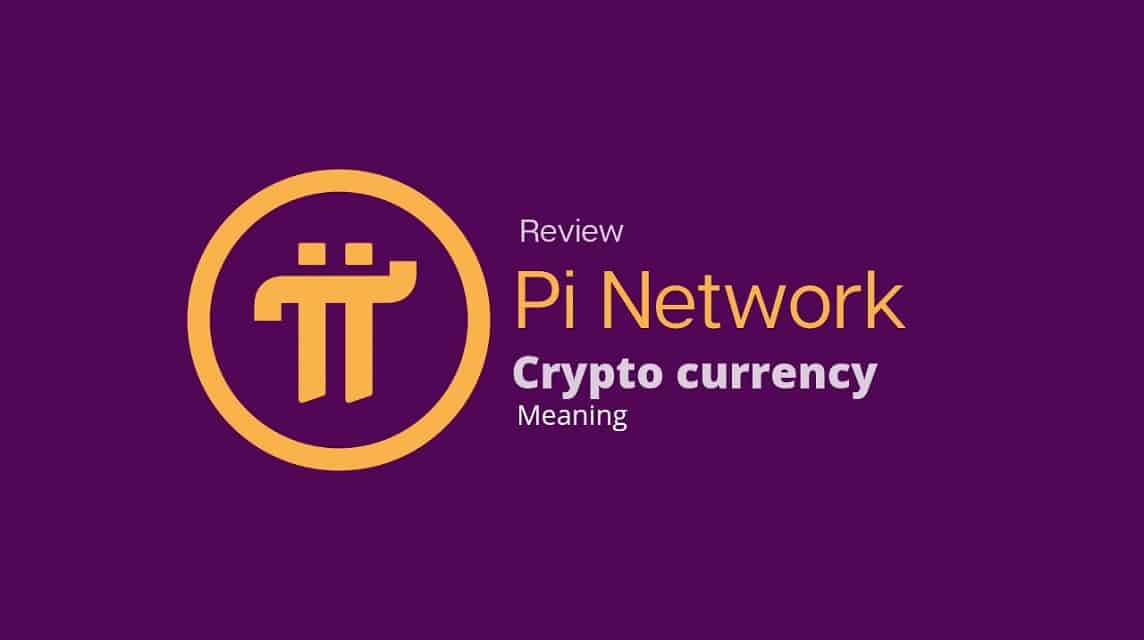cryptocurrency shiba inu
May 19, 2025 3:02 pm Leave your thoughtsCryptocurrency shiba inu
Another method is called the proof-of-stake scheme. Proof-of-stake is a method of securing a cryptocurrency network and achieving distributed consensus through requesting users to show ownership of a certain amount of currency paintball facts. It is different from proof-of-work systems that run difficult hashing algorithms to validate electronic transactions. The scheme is largely dependent on the coin, and there is currently no standard form of it. Some cryptocurrencies use a combined proof-of-work and proof-of-stake scheme.
On 15 September 2022, the world’s second largest cryptocurrency at that time, Ethereum, transitioned its consensus mechanism from proof-of-work (PoW) to proof-of-stake (PoS) in an upgrade process known as “the Merge”. According to the Ethereum Founder, the upgrade would cut both Ethereum’s energy use and carbon-dioxide emissions by 99.9%.
The current value, not the long-term value, of the cryptocurrency supports the reward scheme to incentivize miners to engage in costly mining activities. In 2018, bitcoin’s design caused a 1.4% welfare loss compared to an efficient cash system, while a cash system with 2% money growth has a minor 0.003% welfare cost. The main source for this inefficiency is the large mining cost, which is estimated to be US$360 million per year. This translates into users being willing to accept a cash system with an inflation rate of 230% before being better off using bitcoin as a means of payment. However, the efficiency of the bitcoin system can be significantly improved by optimizing the rate of coin creation and minimizing transaction fees. Another potential improvement is to eliminate inefficient mining activities by changing the consensus protocol altogether.

Pi network cryptocurrency
The project’s goal is to fix the centralization of first-generation cryptocurrencies like Bitcoin — which has given the top mining pools more control by allowing anyone to mine at no cost. By using just a mobile app and a referral code, you can receive digital currency in the form of Pi coins which can be saved until the crypto is listed on exchanges.
Disclaimer: This page may contain affiliate links. CoinMarketCap may be compensated if you visit any affiliate links and you take certain actions such as signing up and transacting with these affiliate platforms. Please refer to Affiliate Disclosure
A Pi ecosystem announcement will be released on May 14. Tune in to find out what’s coming next #pinetwork 🏎️🚖🚀$PI Spoiler alert: A large number of developer ecosystem applications are being reviewed, and many ecosystem applications will be listed @PiCoreTeam @pibartermall

The project’s goal is to fix the centralization of first-generation cryptocurrencies like Bitcoin — which has given the top mining pools more control by allowing anyone to mine at no cost. By using just a mobile app and a referral code, you can receive digital currency in the form of Pi coins which can be saved until the crypto is listed on exchanges.
Disclaimer: This page may contain affiliate links. CoinMarketCap may be compensated if you visit any affiliate links and you take certain actions such as signing up and transacting with these affiliate platforms. Please refer to Affiliate Disclosure
What is cryptocurrency
“If you have the U.S. dollar in your cash reserves, you know you can pay your mortgage, you can pay your electricity bill,” Palion says. “When you look at the last 12 months, Bitcoin looks basically like my last EKG, and the U.S. dollar index is more or less a flat line. Something that drops by 50% is not suitable for anything but speculation.”
Cryptocurrencies have been compared to Ponzi schemes, pyramid schemes and economic bubbles, such as housing market bubbles. Howard Marks of Oaktree Capital Management stated in 2017 that digital currencies were “nothing but an unfounded fad (or perhaps even a pyramid scheme), based on a willingness to ascribe value to something that has little or none beyond what people will pay for it”, and compared them to the tulip mania (1637), South Sea Bubble (1720), and dot-com bubble (1999), which all experienced profound price booms and busts.
Suppose everyone has a notebook where they keep track of their financial transactions. This means that every time money is spent or received, it is recorded in the notebook, similar to how a bank keeps track of customers’ transactions.
Categorised in: Uncategorized
This post was written by vladeta



